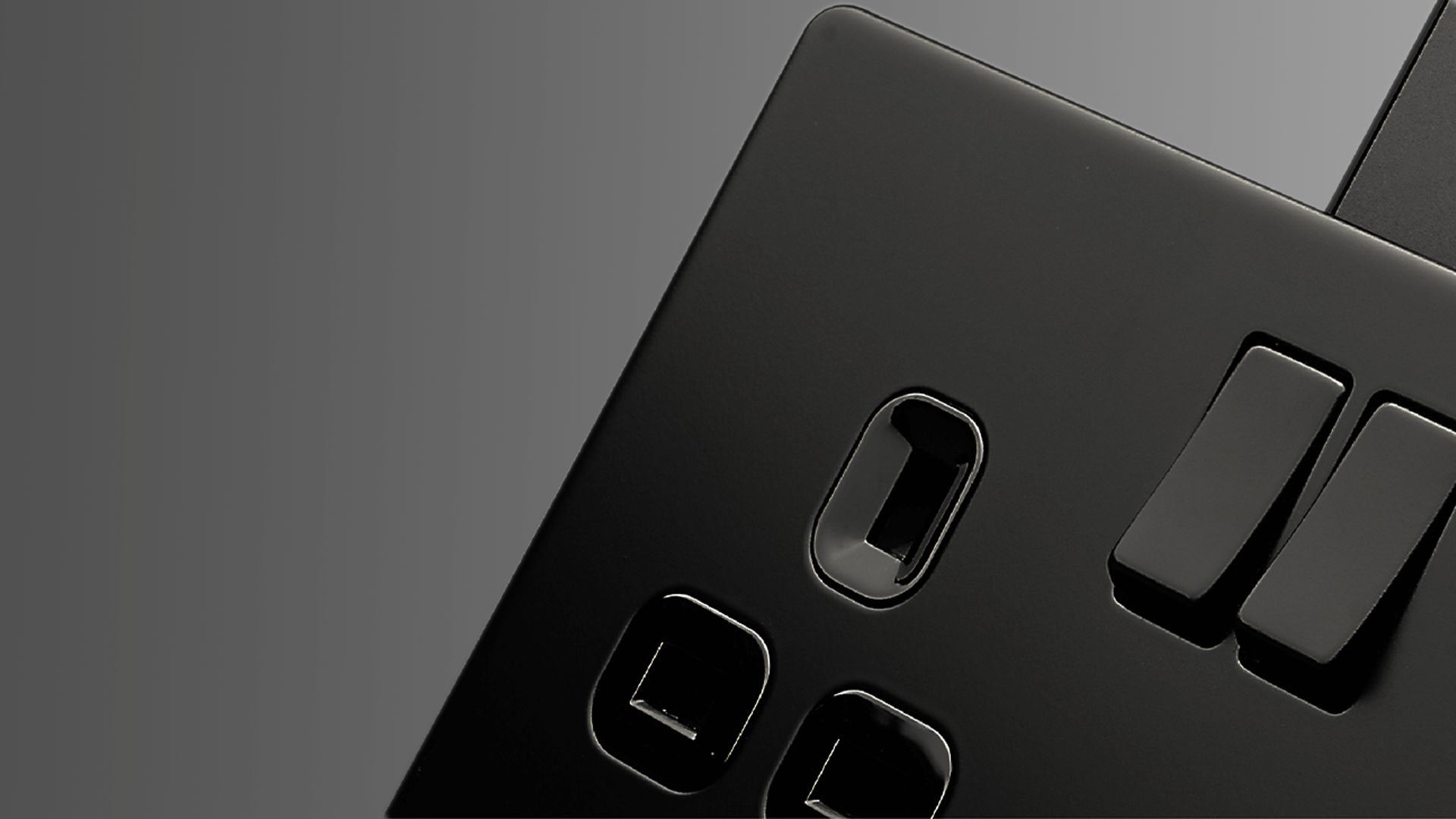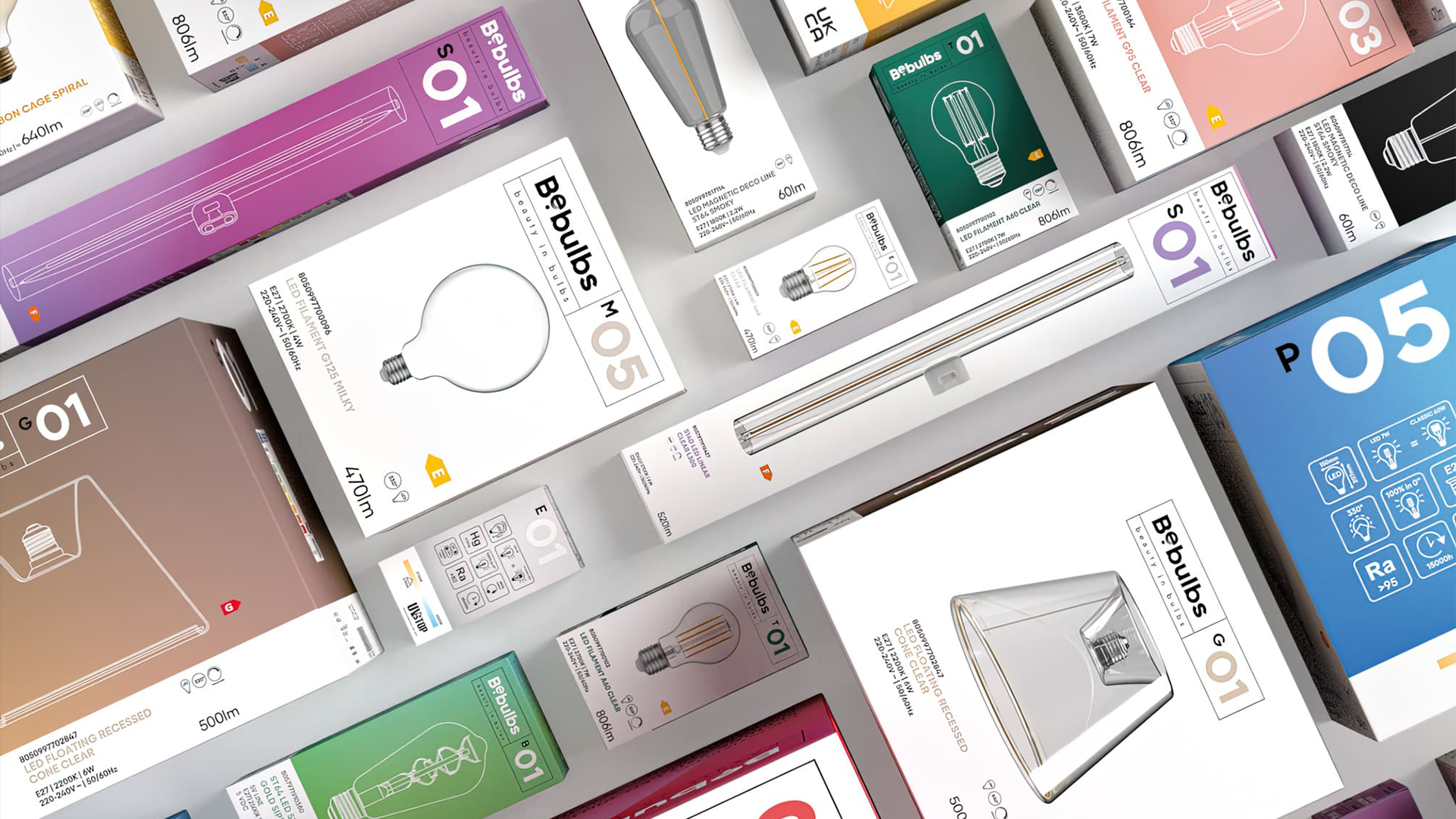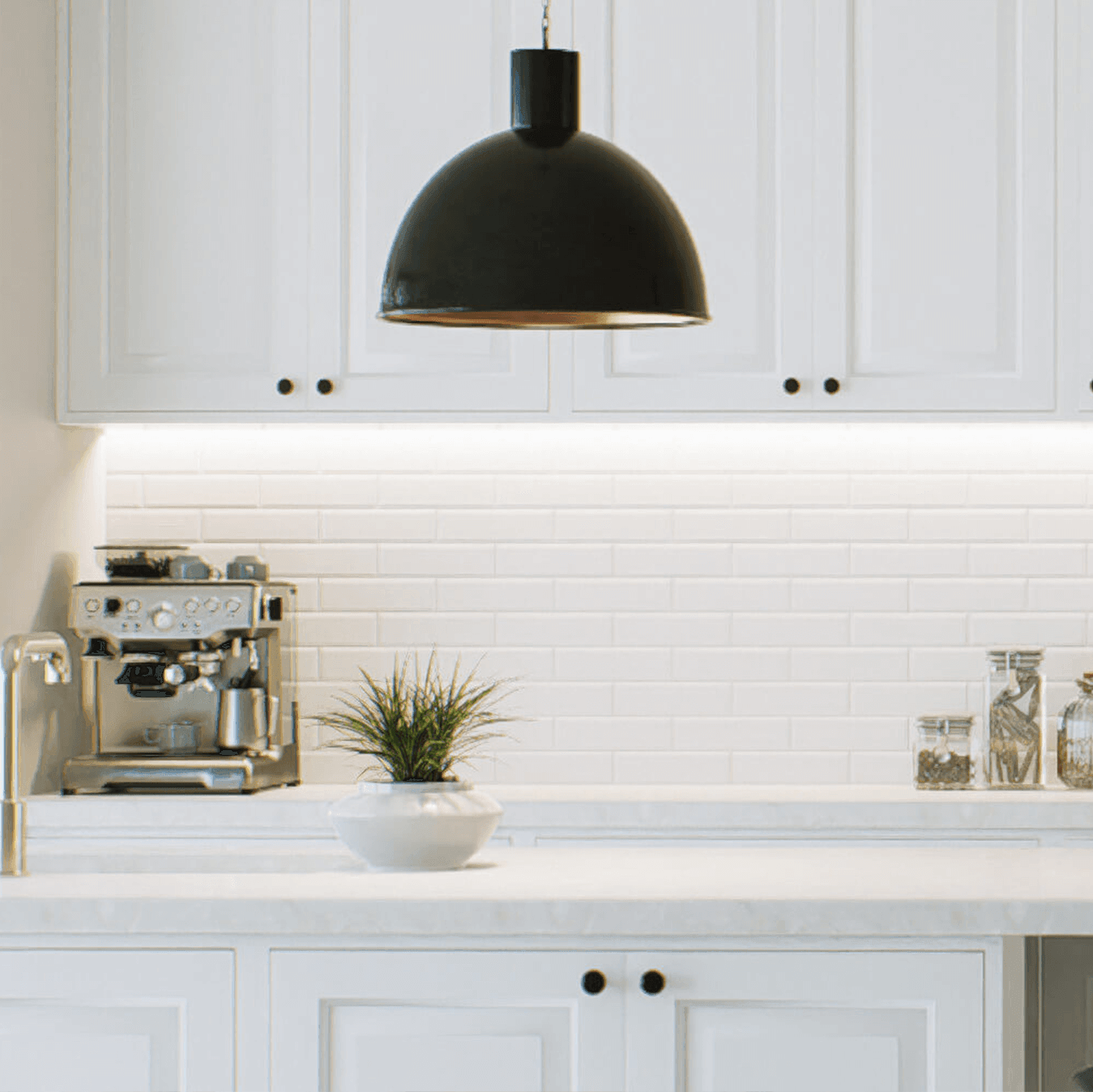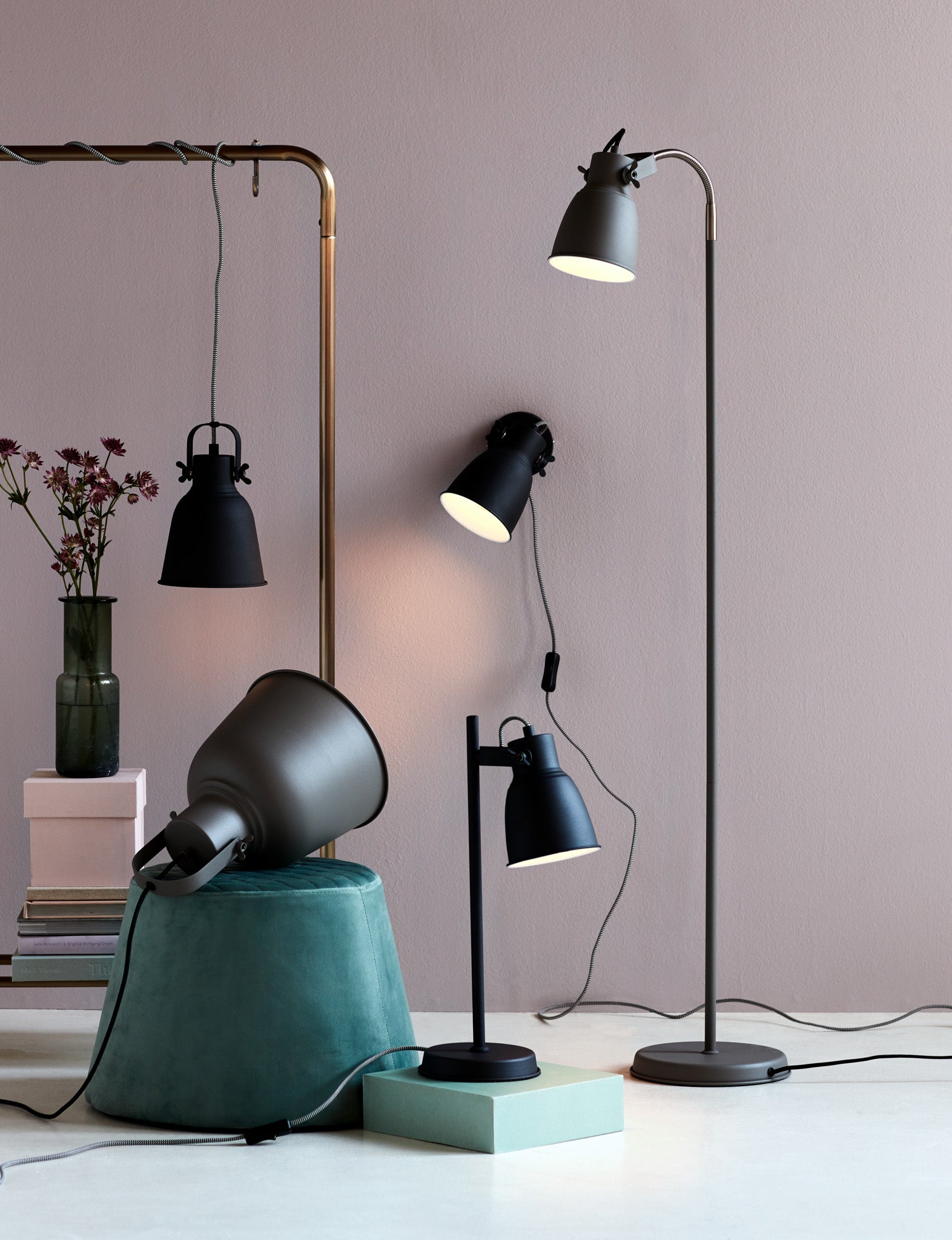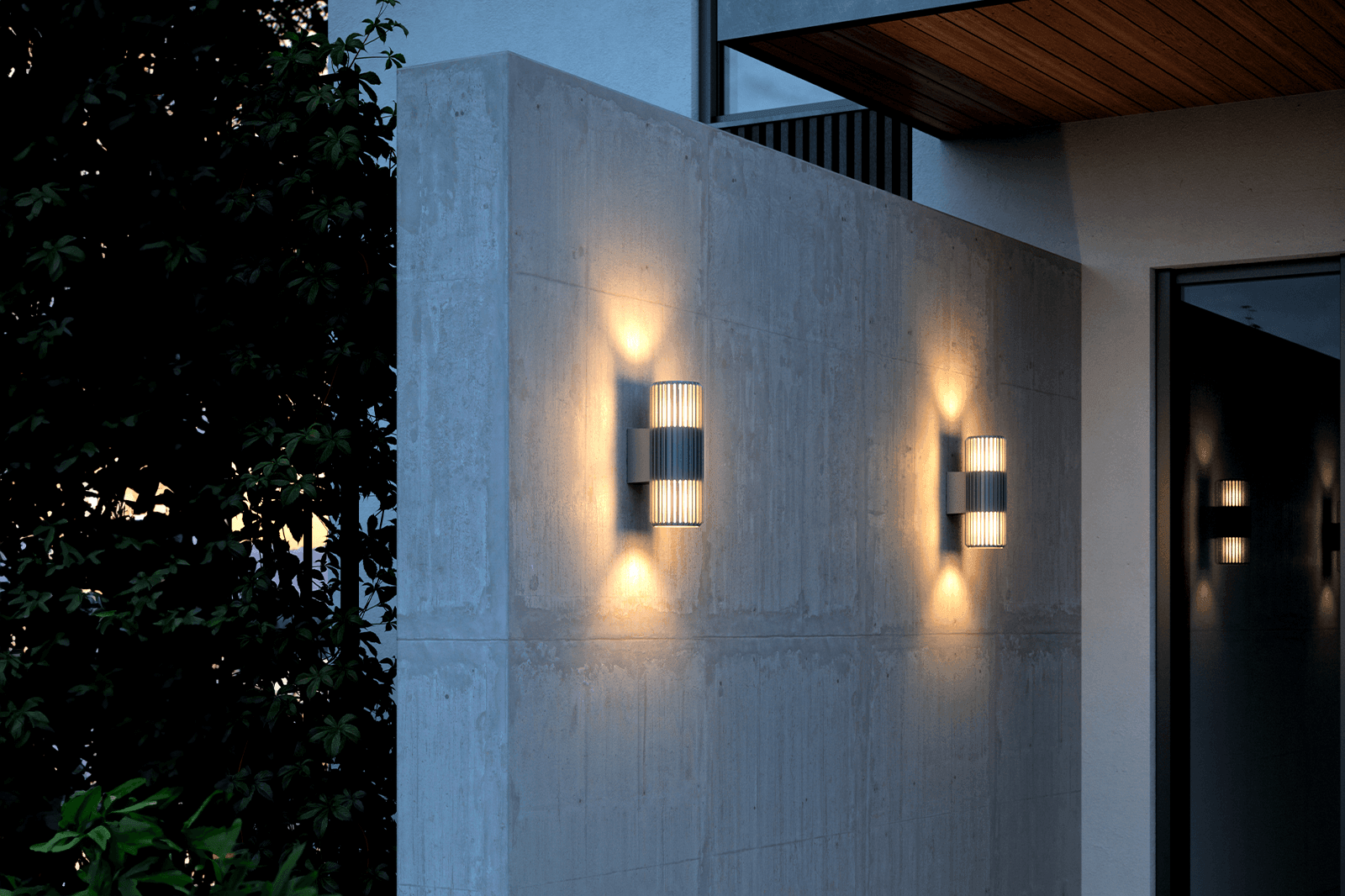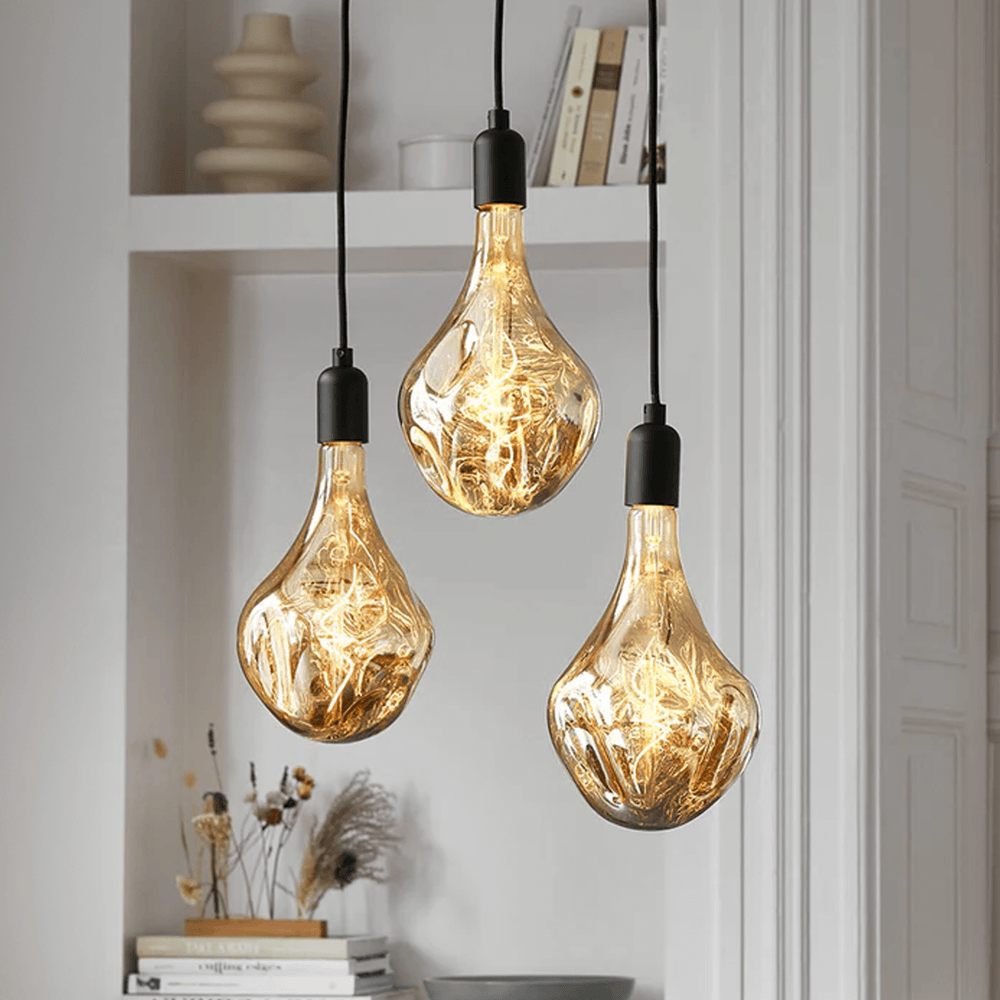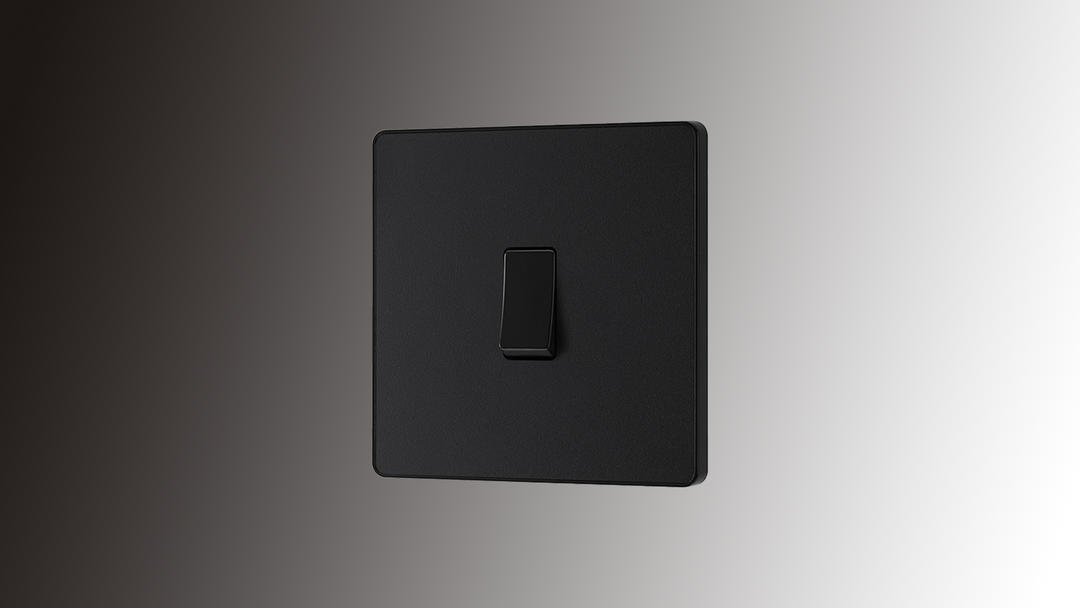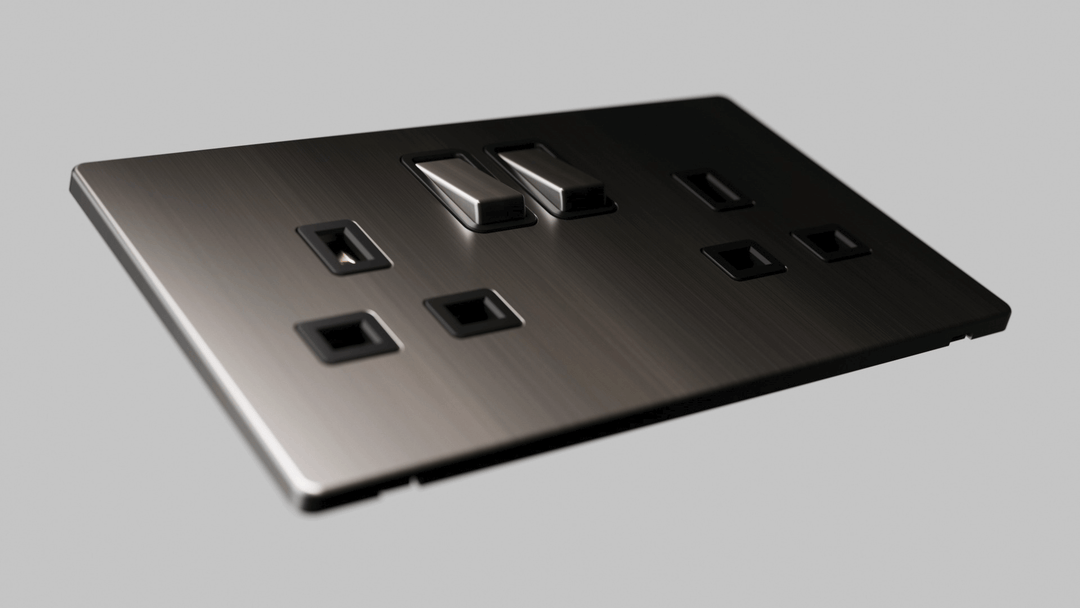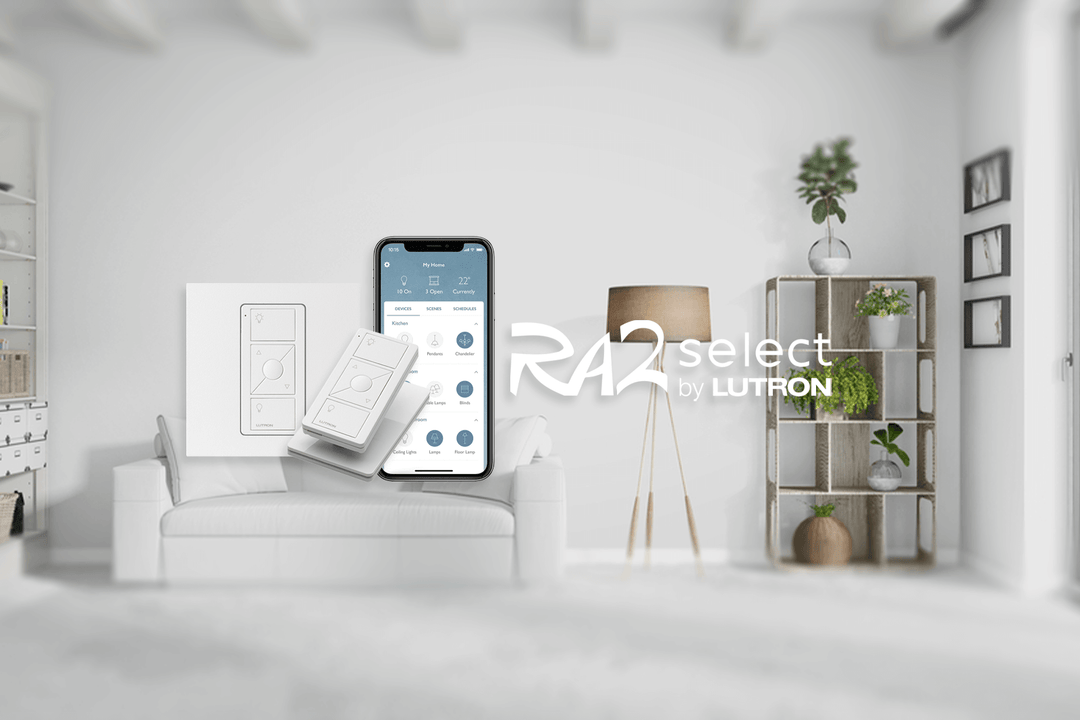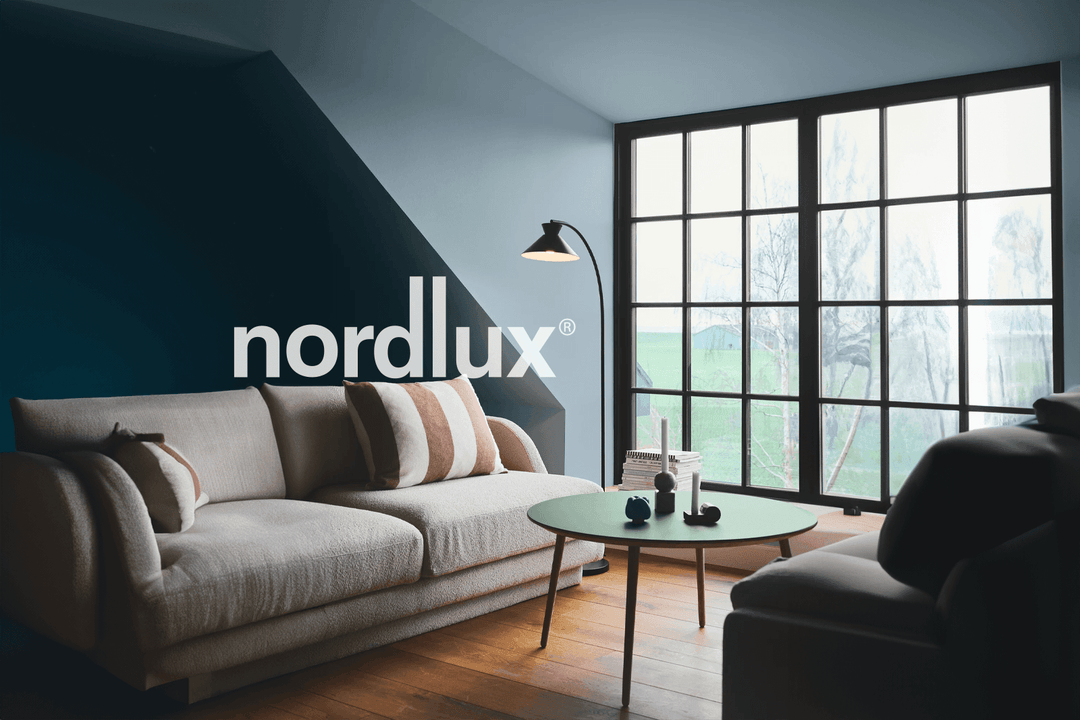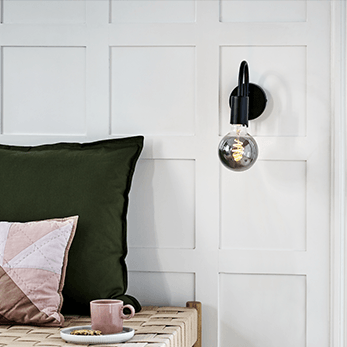10 Creative Ways to Upgrade Your Light Switches and Sockets

Light switches and sockets may seem like small details in your home's décor, but they can make a significant impact on your space's overall aesthetic. While standard switches and sockets may get the job done, upgrading them can give your home a stylish and functional upgrade.
Whether you're looking to enhance the look of your home or make it more energy-efficient, there are numerous ways to upgrade your light switches and sockets. In this article, we'll explore ten creative ways to make the most out of these seemingly insignificant details.
Jump to Sections:
- Smart Light Switches
- Decorative Switch Plates
- USB Wall Sockets
- Motion Sensor Switches
- LED Dimmer Switches
- Remote Control Sockets
- Wi-Fi Smart Plugs
- Grid Plates
- Weatherproof Sockets
- Keep It Simple
1. Smart Light Switches
Smart light switches allow you to control your home's lighting from your phone or voice commands, making it more convenient and energy-efficient. You can also program them to turn on and off at specific times or create different lighting scenes.
Smart light switches allow for a more convenient and energy-efficient way to control your home's lighting. If you're looking for a smart lighting system, we recommend checking out Lutron RA2. You can find more information on this system at Lutron RA2. We've had positive experiences using this system on both Apple and Android devices, and appreciate its integration capabilities for scene setting, motion switches, schedule settings, and completely customizable Pico switches. Additionally, Lutron RA2 has the ability to control heating through the Tado smart heating controls. You can find more information on Tado. It's important to note that we've only tested the integration of Tado with Lutron RA2 through Apple devices, so we cannot confirm its functionality through Android.
2. Decorative Switch Plates
Replacing plain switch plates with decorative ones can add a pop of colour or texture to your walls. With so many options available, it can be overwhelming to choose the perfect plates for your home. To help you out, we've compiled a list of some of our favorite brands that we recommend to our customers:
Keep in mind that these are just a few options and there are many more to choose from. If you're looking for something specific, feel free to reach out to us via email or phone, and we'll be happy to help you find what you're looking for.
3. USB Wall Sockets
Installing USB wall sockets can help eliminate clutter from charging adapters and cables in your space. However, it's important to note that you don't need to install them in every single room or outlet in your home. This misconception can lead to unnecessary expenses as USB sockets can be up to four times the price of a standard socket. We recommend installing USB sockets only in areas where you regularly charge your devices, such as next to your bed, in the kitchen, or at your office desk.
Another important consideration when installing USB sockets is the size of the wall box that will house the socket. We recommend using 47mm deep boxes for USB sockets in the first fix stage, as this will provide ample room for wiring. Before starting the first fix process, always check the recommended box size for your desired plates to ensure a proper fit.
4. Motion Sensor Switches
Motion sensor switches can offer several advantages over standard light switches. Here are some reasons why you might want to consider using motion sensors:
- Hygiene: Without having to touch a switch, motion sensors can help keep your walls clean and free from dirt and germs. This makes them particularly useful for bathroom lighting.
- Energy-saving: Motion sensors can be set on a timer that activates when no movement is detected, which can help solve the problem of lights being left on unnecessarily. This can help save energy and reduce your electricity bill.
- Lux settings: Most motion sensors allow you to adjust the lux setting so that they don't trigger during daylight hours. This is particularly useful for businesses looking to reduce energy costs.
- Wall switch replacement: Square single wall switch motion sensors can replace a single wall switch, making them an easy and cost-effective replacement option. The lights will only come on when someone walks into the room.
It's important to check the compatibility of your desired motion sensor with your current lighting setup. Some things to check include lighting load, detection radius, and mounting height.
5. LED Dimmer Switches
LED dimmer switches are specifically designed to be used with LED bulbs, providing energy-efficient lighting that reduces the risk of flickering or buzzing. However, there are different types of LED dimmer switches available, each with its own technology and compatibility requirements.
Here are three common types of LED dimmer switches:
-
Trailing edge dimming: In this type of dimming, the switch controls the trailing edge of the AC wave, which means it cuts off the end of the waveform. This results in a smoother, quieter dimming experience and is ideal for use with LED bulbs.
-
Leading edge dimming: In contrast to trailing edge dimming, leading edge dimming cuts off the beginning of the AC waveform, resulting in more noticeable flickering and buzzing. This type of dimming is generally less compatible with LED bulbs.
-
0-10V push release dimming: This is a popular method of dimming in commercial settings. It uses a control circuit that sends a low voltage signal to the dimmer, which then adjusts the brightness of the LED lights. It is generally more compatible with LED bulbs and provides a smooth and stable dimming experience.
It is important to note that LED bulbs cannot be used with old halogen or incandescent dimmer modules. This is because these modules were not designed to work with the lower voltage requirements of LED bulbs.
When replacing an old dimmer module with an LED dimmer switch, it is important to follow the provided wiring guidelines and configuration settings. It is also recommended to use trusted brands such as Calex, Bell Lighting, Integral, and Girard Sudron to ensure compatibility and reliable performance.
Lastly, it is important to ensure that the LED bulbs being used are compatible with the dimmer switch. Cheaper models found online may claim to be dimmable, but may not work properly with the dimmer switch. It is always best to purchase LED bulbs from trusted brands and to check their compatibility with the chosen dimmer switch before making a purchase.
6. Remote Control Sockets
Remote control sockets are a convenient solution for controlling appliances and lighting from a distance. They allow you to turn your appliances on and off using a remote control, which is ideal for hard-to-reach outlets or for those with limited mobility.
When it comes to external lighting, it is recommended to use a RF (radio frequency) remote control socket as it is more efficient at switching over a distance compared to an IR (infrared) product, which requires a line of sight to switch. This makes it easier to control outdoor lighting from inside your home.
Remote control sockets are also a useful solution when adding plug-in lighting systems to an existing layout, such as in a kitchen where it may not be possible to wire a new switch. For instance, if you want to add LED strip lighting to your kitchen, using a remote control socket with the kit can provide a handy workaround for switching the lighting on and off.
Using remote control sockets is a straightforward process. Simply plug the socket into an outlet and plug the appliance or lighting system into the socket. Then, use the remote control to turn the device on and off. It is important to note that different models may have varying ranges and capabilities, so it is important to choose one that suits your needs.
7. Wi-Fi Smart Plugs
Wi-Fi smart plugs are a modern solution that allows you to control your devices using your phone or voice commands, making them more convenient and energy-efficient. With the ability to schedule them to turn on and off at specific times, they offer greater flexibility and control compared to traditional remote control sockets.
Wi-Fi smart plugs provide the same convenience as remote control plugs but with the added benefit of controlling your devices from your smartphone or other smart devices. This is our preferred method as remote controls may seem outdated in the modern age. Additionally, it is possible to link multiple smart plugs to one app for further convenience.
However, it is important to note that Wi-Fi smart plugs may not be the best option for outdoor lighting. This is because Wi-Fi signals generally drop off at a distance of 2-3 meters outside the property and may not work efficiently. For this reason, it is still recommended to use RF remote control sockets for outdoor lighting.
Using Wi-Fi smart plugs is a simple process. First, plug the smart plug into an outlet and then connect it to your home's Wi-Fi network. After that, you can control your devices from your phone or other smart devices through an app or voice commands. It is important to make sure that the smart plug is compatible with the devices you want to control and that you follow the manufacturer's instructions for setup and use.
Overall, Wi-Fi smart plugs provide a convenient and energy-efficient way to control your devices and reduce energy usage. They offer more flexibility and control compared to traditional remote control sockets and are a great addition to any smart home setup.
8. Grid Plates
Grid plates, also known as modular faceplates, are a customisable solution for configuring switches and sockets to meet specific needs. With the ability to mix and match different types of switches and sockets, they offer greater flexibility than traditional switch plates. They are also available in a range of finishes to match your home's décor.
Grid plate systems are commonly used in large areas with multiple lighting circuits that can only be switched from one point. This is a cheaper solution compared to using smart dimming and switching relays. However, there are some disadvantages to using large grid plates with multiple modules:
-
Appearance: Grid plates are often oversized and contain multiple different types of switches, making them less aesthetically pleasing compared to traditional switch plates.
-
Box size: Grid plates require a larger box that may be difficult to fit in the wall and may require cutting a larger hole in the wall.
-
Limited finishes: Grid plates come in a limited range of finishes, which can be tricky to match with the existing wall plates in your home.
-
Not very user-friendly: It can be difficult to remember which switch controls which circuit when using a large grid plate. Additionally, setting themes for dimming systems can be tricky as you have to manually rotate the knobs to achieve the desired light output every day.
Despite these drawbacks, grid plates remain a cost-effective and customizable solution for configuring switches and sockets to meet specific needs. When considering using a grid plate system, it is important to carefully evaluate the advantages and disadvantages to determine if it is the best solution for your specific needs.
9. Weatherproof Sockets
Weatherproof sockets are a great solution for outdoor spaces, garages, or workshops where electrical devices may be exposed to extreme weather conditions. They are specifically designed to withstand harsh weather and keep your devices safe.
Most outdoor sockets are rated at IP65, which means they are protected against water jets and dust. They are also usually impact resistant, which makes them more durable and long-lasting. In addition, weatherproof sockets are available in RCD (Residual Current Device) models or Timer models, providing extra safety and convenience.
However, it is important to note that outdoor sockets are generally designed for use with a standard UK plug and may not fit larger transformer plugs that are commonly used with decking lights or Christmas lighting. To use these types of plugs outdoors, it is recommended to use a large adaptable box that allows you to install a multi-socket outlet inside. This provides a safe and convenient solution for using transformer plugs outdoors.
Overall, weatherproof sockets are a reliable and durable option for outdoor electrical needs, providing the necessary protection against extreme weather conditions. When considering using an outdoor socket, it is important to ensure that it is rated at IP65 and suitable for your specific needs.
10. Keep It Simple
When considering upgrading your switches and sockets, it's important to remember that not everything needs to be decorative. While it may be tempting to splurge on fancy switch plates and sockets, it's worth considering the practicality and budget-friendly options as well. Keep in mind that many sockets may be hidden behind furniture or appliances, making it less important to have decorative plates. Consider using standard plastic sockets, which can be a fifth of the price of decorative options. Additionally, if you plan on moving in the near future, it may be more practical to opt for a cheaper alternative like PVC sockets. Keep it simple and practical when upgrading your switches and sockets.
In conclusion, light switches and sockets may seem like small details, but they can make a significant impact on your home's overall aesthetic and functionality. Upgrading them can be a great way to enhance the look of your home or make it more energy-efficient. From smart light switches to weatherproof sockets, there are numerous options available to suit your specific needs. However, it's important to carefully evaluate the advantages and disadvantages of each option before making a decision. Keeping it simple and practical is also a valid option when upgrading your switches and sockets. We hope these ten creative ways have provided you with some inspiration for your next home improvement project.




